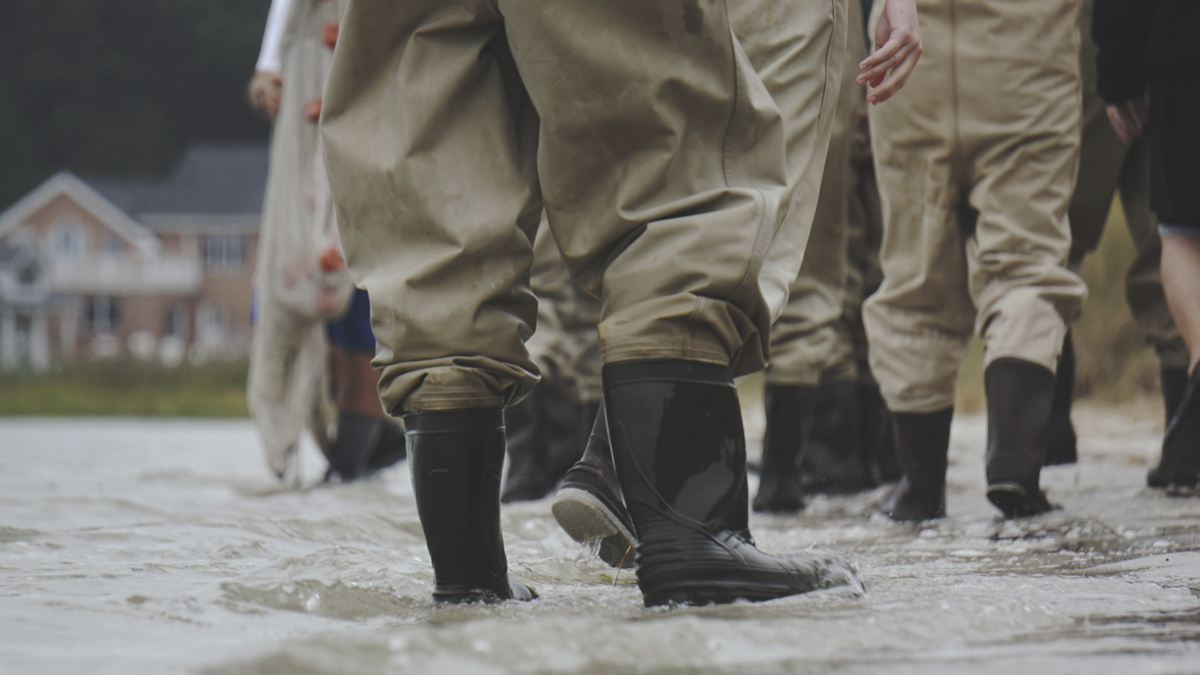Floods, storms, bushfires, cyclones… there’s no doubt Australia has been hit hard by natural disasters in recent years. You may have been fortunate enough to escape the direct impacts, but what you might not realise is that these disasters can affect the premiums you pay for your insurance, whether you’re caught up in the catastrophe or not. Read on to find out why.
When natural disasters like the recent floods on the east coast strike, they devastate communities and leave a huge damage cost. While not all of the losses are insured, many are. This means that insurers support policyholders by paying the cost of rebuilding or replacing lost property. And the total sums we’re talking about can be really high (we are talking about billions of dollars).
Did you know that last financial year, five weather-related insurance catastrophes were declared by the Insurance Council of Australia? There were 134,000 claims lodged and the insured losses totalled $2.28 billion. Losses for four weather-related catastrophes the year before came at a cost of $5.47 billion. And the combined losses from storms and flooding in October 2021 and the February/March 2022 event have seen 334,000 claims lodged at a value of more than $5.66 billion – and rising.
In a nutshell, the onslaught of natural disasters means insurers are paying out more, more often.
More payouts mean less money in the kitty
Insurance companies work by collecting premiums from people with similar risks and pooling those funds together. That way, there’s money available to help the few from the group who suffer an insured loss.
When natural disasters strike, it’s often not ‘a few’ who suffer losses, but many. And with so many claims, the pool of money is used up very quickly.
When an insurance company pays out the claims from their policyholders, the pool needs to be replenished. As it’s the job of the insurer to make sure there will be enough money in the pool to pay out future claims, they need to make sure the money coming in from premiums is enough.
This means that insurers may need to recalculate the premium they charge their policyholders. That new calculation will consider the risk that the insured group face and what it costs to cover that risk and make sure there will be money in the pool to pay future losses.
Higher risks mean higher premiums
Insurers use complex calculations to model the likelihood of natural disasters occurring and the potential losses that will result. This helps insurers to work out what cover to offer and how to price it.
When the risk of a disaster happening is higher, then the likelihood of losses is higher too. As the risk is higher, the premiums the insurer needs to charge will be higher too.
Unfortunately, it is forecast that Australia will suffer more frequent and severe natural disasters in the years ahead. This means it is inevitable more policyholders will suffer losses, so premiums will have to be adjusted to keep up with the evolving risks.
Ultimately, if the insurer doesn’t collect enough money to cover the risk, then there won’t be enough to cover policyholder losses.
Natural disasters mean higher construction costs
Another thing that happens after a natural disaster is the demand for building and trades skyrockets as property damage is one of the main insured losses. This means that a lot of the money insurers pay out post-disaster is to cover the cost of rebuilding and replacing contents. Construction costs are already incredibly high and the increased demand following a catastrophe just adds further to this. As it’s going to cost insurers more, it means it’s likely to end up costing policyholders more for their premiums.
To sum it up
As the frequency and severity of natural disasters increase, so too do the losses. This equals higher pay outs for insurers. And these higher costs often need to flow through to all policyholders in the form of higher premiums.
While EBM RentCover aims to keep premium increases to a minimum, we ultimately need to make sure we have enough money available to pay out future claims. This means we need to carefully work out how much to charge in premium to protect policyholders, while also maintaining a sustainable business.
Having trouble paying your premium? We want to help! Contact the EBM RentCover team. EBM RentCover has options available to support those in need.
*While we have taken care to ensure the information above is true and correct at the time of publication, changes in circumstances and legislation after the displayed date may impact the accuracy of this article. If you need us we are here, contact 1800 661 662 if you have any questions.



